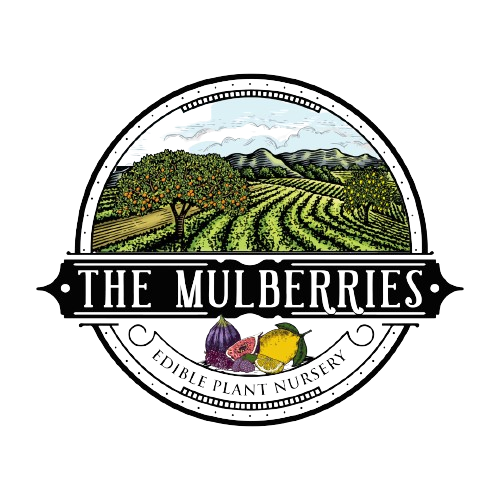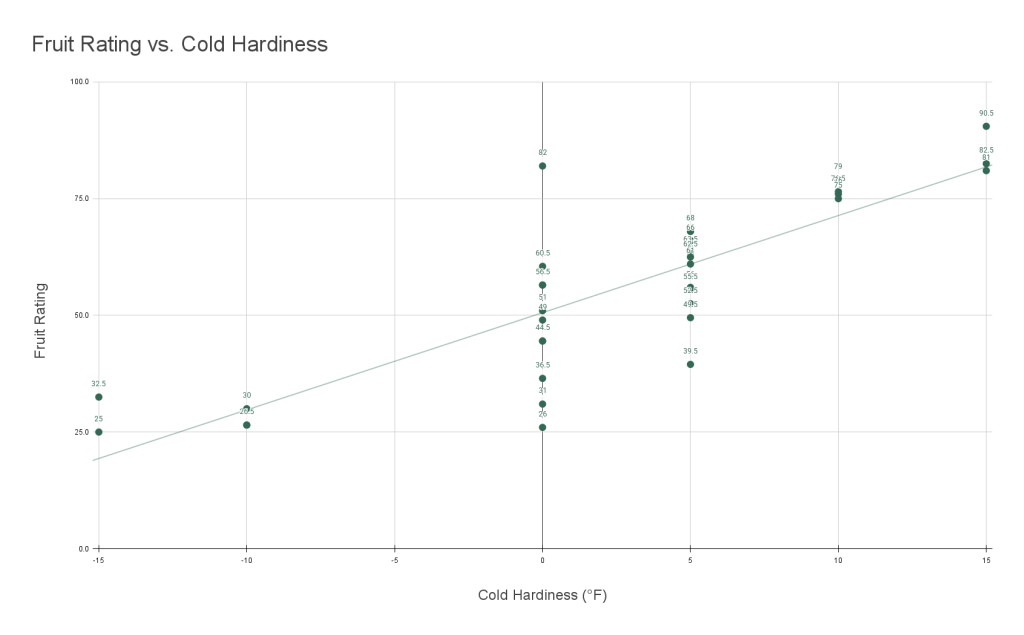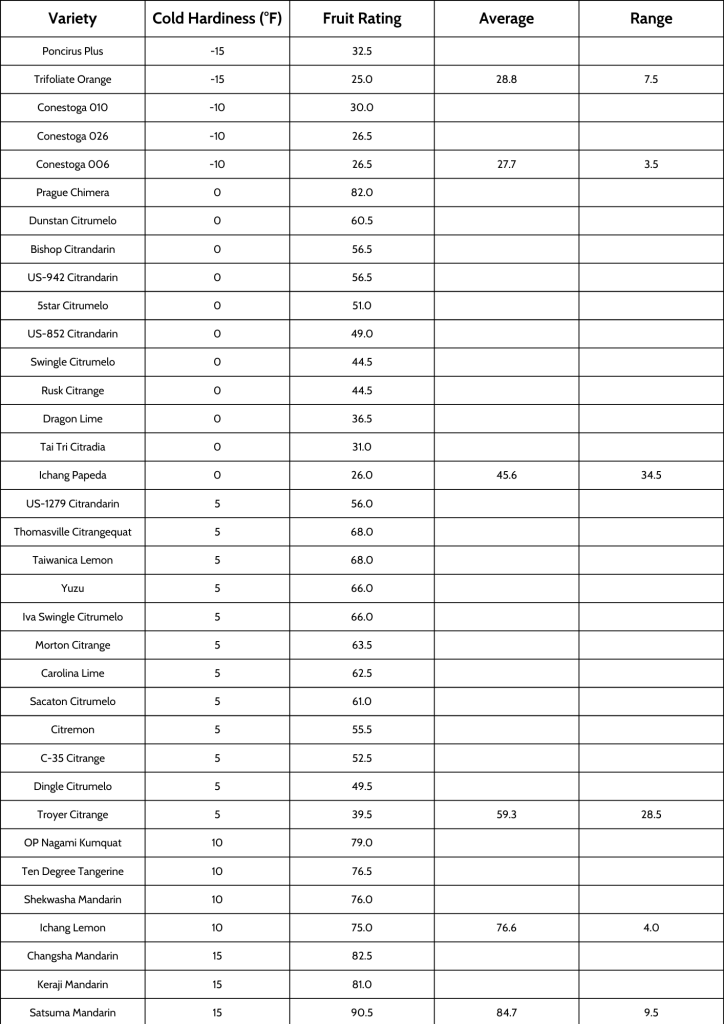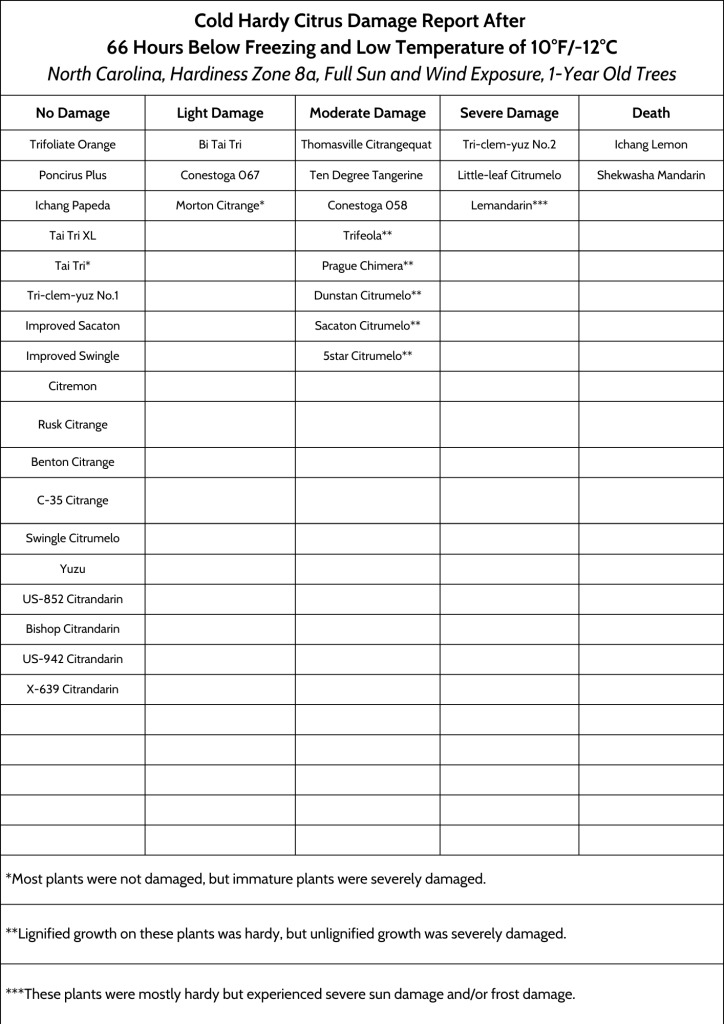The citrus variety known as the Prague Chimera is best known for its extreme hardiness down to 0°F, or slightly lower, while also producing dessert-quality citrus fruit – a feat not yet matched by any other hardy citrus variety. The key to this extremely rare and valuable combination of traits is that it is a chimera, not a hybrid, between a Satsuma mandarin and trifoliate orange.
Unlike hybrids, where two plants sexually reproduce to combine their genes and form unique offspring, chimeras are when the two plants fuse together and form a single plant via mutation. This has tended to arise from horticultural practices like grafting, where plants with high-quality fruit (scion) are grafted onto plants with more resilient or vigorous root-systems (rootstock). Most often by accident, graft unions have been disturbed or damaged in some way that stimulates the formation of a new shoot from the graft union. This shoot has the potential to be composed of both varieties simultaneously, potentially combining favorable (or unfavorable) aspects of each.
Tunica-Corpus theory describes the apparent stratification of the different cell layers of flowering plants, like citrus. Broken down into three layers: L1, L2, L3, each layer contributes to the function and appearance of a citrus tree. L1 makes up the outermost layer of the leaves and flowers, while also contributing the most to fruit quality by forming the juice sacs of the fruit. L2 forms the segment walls, albedo and seeds in the fruit as well as contributing to the structure and appearance of the leaves and flowers. The innermost layer, L3, is the origin for the vascular bundle, transporting water and nutrients throughout the plant.
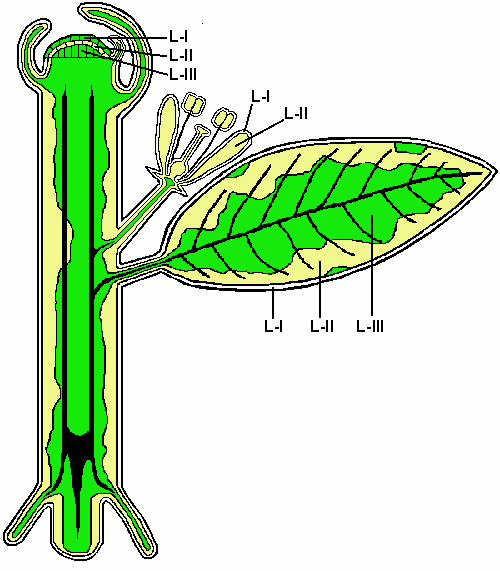
The Prague Chimera is a stable periclinal chimera, meaning the three layers of the plant have different genetic composition. Since the fruit have no characteristics at all from the trifoliate orange, it seems most likely that L1 and L2 are from a Satsuma mandarin and L3 is from a trifoliate orange. This also serves as evidence towards the contribution of the vascular bundle towards cold hardiness since the Prague Chimera is at least 10 to 15°F more cold tolerant than a Satsuma.
In terms of fruit quality, chimeras have a unique advantage over hybrids, especially when it comes to hardy citrus. Most hardy citrus varieties involve hybridizing conventional citrus with the trifoliate orange or a trifoliate orange hybrid. While the hybrid offspring are much more cold tolerant, they also produce more acidic fruit, and in many cases, they contain higher amounts of volatile compounds that contribute to undesirable earthy, vegetal, or pine-like flavors. In theory, chimeras can be synthesized to avoid these off-flavors by ensuring that the layers that contribute to internal fruit quality (L1 most importantly, and L2) are from the conventional citrus, not the trifoliate orange. They are also capable of producing fruit in a shorter period of time since the scion variety is often sexually mature and does not have to go through a juvenile phase. Since they arise from mutation however, it requires many attempts and patience to create a chimera, and the arrangement of the different layers will be unpredictable. Another disadvantage that can be seen with Prague is a lack of productivity, potentially due to the extreme stress that the Satsumas are placed under in extremely cold conditions.
There is scarce but promising studies referring to accidental and intentional citrus chimeras, mostly between oranges, sour oranges, and mandarins. In one case, a Navel orange was grafted onto a Satsuma, and from the graft union arose a shoot that bore fruit with Satsuma flesh and Navel orange albedo and peel. In another instance, a Ponkan mandarin was grafted onto a trifoliate orange but was severely damaged by the Winter. The following season, a shoot grew from the graft union that bore fruit with flesh that mostly resembled the Ponkan, but the peel was pubescent like the trifoliate orange. In both cases, the leaves were also distinguishable as being intermediate between both citrus varieties.
For the past year we have been theorizing and working on methods to develop a new cold-hardy citrus chimera with little progress. That all changed on March 27, 2025, the day we discovered a happy little accident. We had grafted over 125 seedling Rangpur lime trees with the Giant Finger lime as our scion variety. About 90% of the grafts were chip bud grafts and the remaining 10% were side veneer grafts. Of this 10% or roughly one dozen side veneer grafts, one single plant distinguished itself.
We didn’t realize at the time, but we shouldn’t have grafted these plants in the Winter because Finger limes require more heat to break out of dormancy. The Rangpur lime rootstocks began suckering aggressively, requiring a lot of labor to remove suckers and allow the grafts to grow. One sucker, however, appeared different from the rest – it was slightly contorted and reddish in color, but not as much as a finger lime, and it originated from the bottom of a side veneer graft union. One of the Giant Finger lime buds had been sliced, and as it healed adjacent to the cut surface of the Rangpur lime, undifferentiated cells in the callus tissue might have filled in the gaps and allowed the bud to regrow whole again.
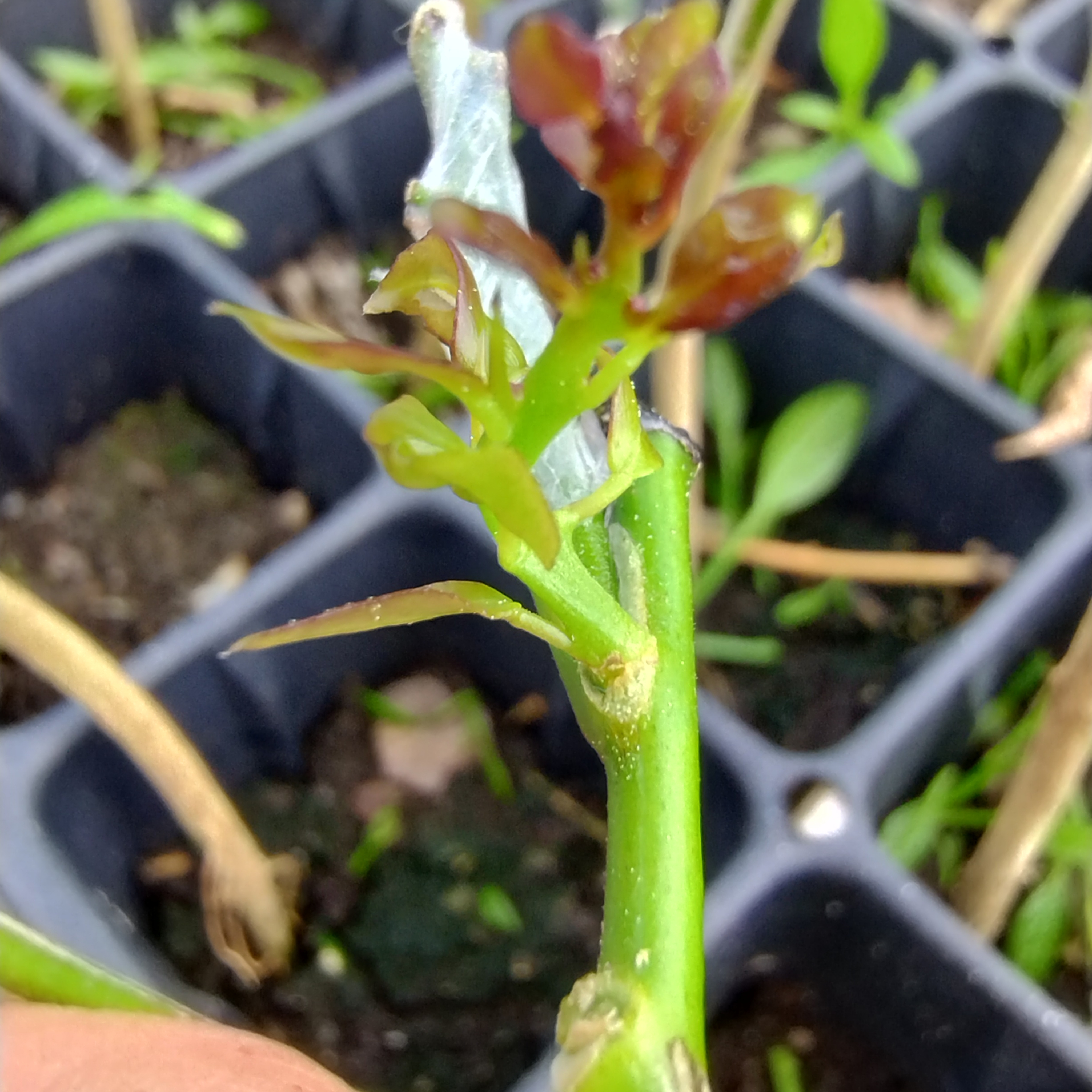
As it grew it became obvious, we had accidentally created our own periclinal chimera between the Rangpur lime and the Giant Finger lime, now tentatively named “Lim-era”. It is mostly like a Finger Lime in appearance, but it has reduced anthocyanins in new growth, as well as broader leaves with serrated edges. So far it is stable, and once it is large enough to propagate, we will perform several grafts on different, vigorous rootstocks. When it eventually flowers and fruits, we will be able to confirm the exact origin of the different layers, and we are submitting leaf samples to a laboratory for nuclear DNA content and ploidy testing.
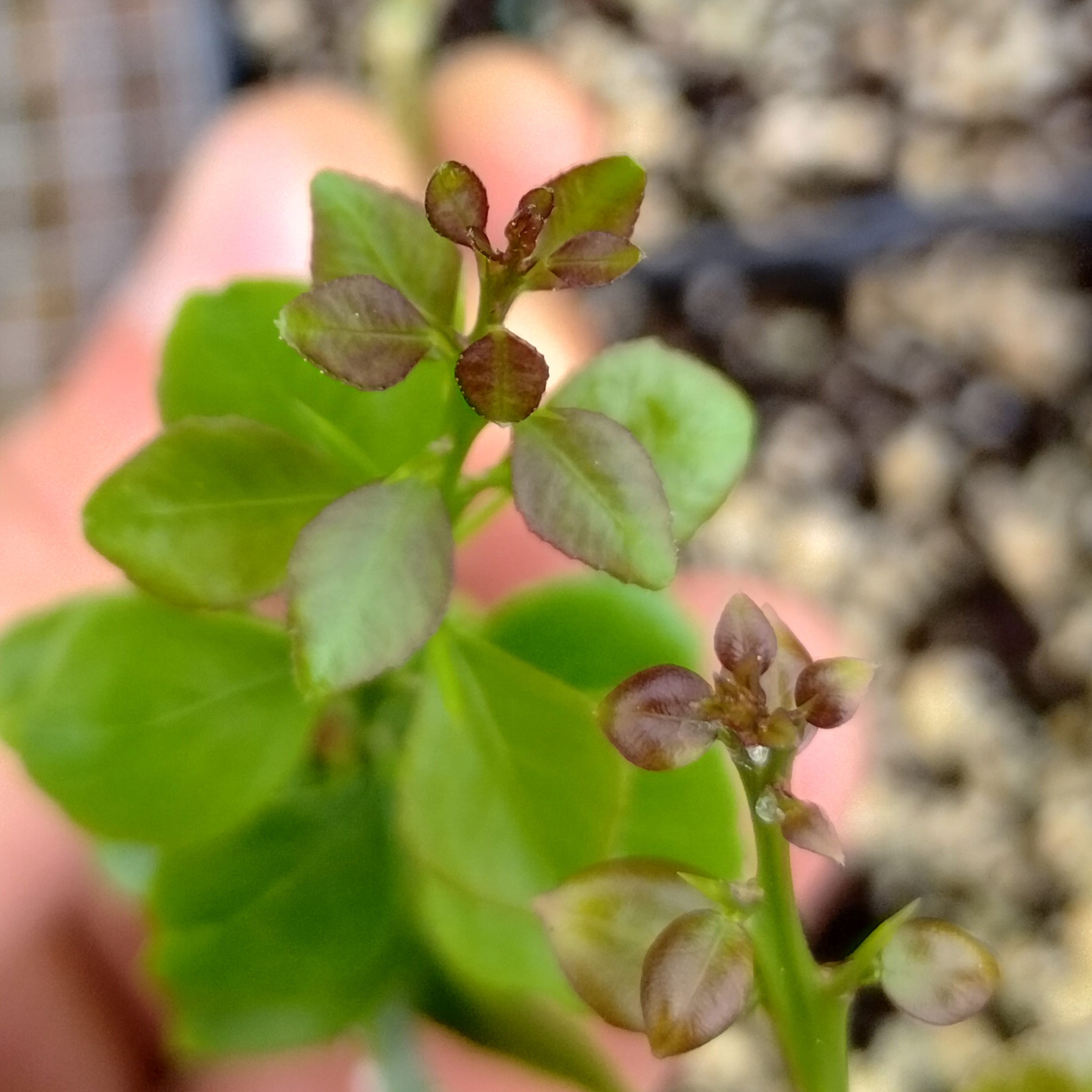
Now that we know the circumstances behind our accidental chimera, we can replicate this situation to synthetically create new chimeras via grafting. The side veneer graft will be our go-to since it worked once before, and we have already started our first trial with Yuzu scions grafted onto trifoliate orange rootstocks. All the scions were prepared in a way that ensured at least one bud was sliced and inserted deep into the graft union, where callus tissue would be most abundant as the graft heals. All in-tact buds on the scion will be sliced off after the healing process is complete in a few weeks, and similarly, any suckers from the rootstock. This will ensure that the flow of nutrients will be directed to the only remaining bud – the one that was sliced in half.
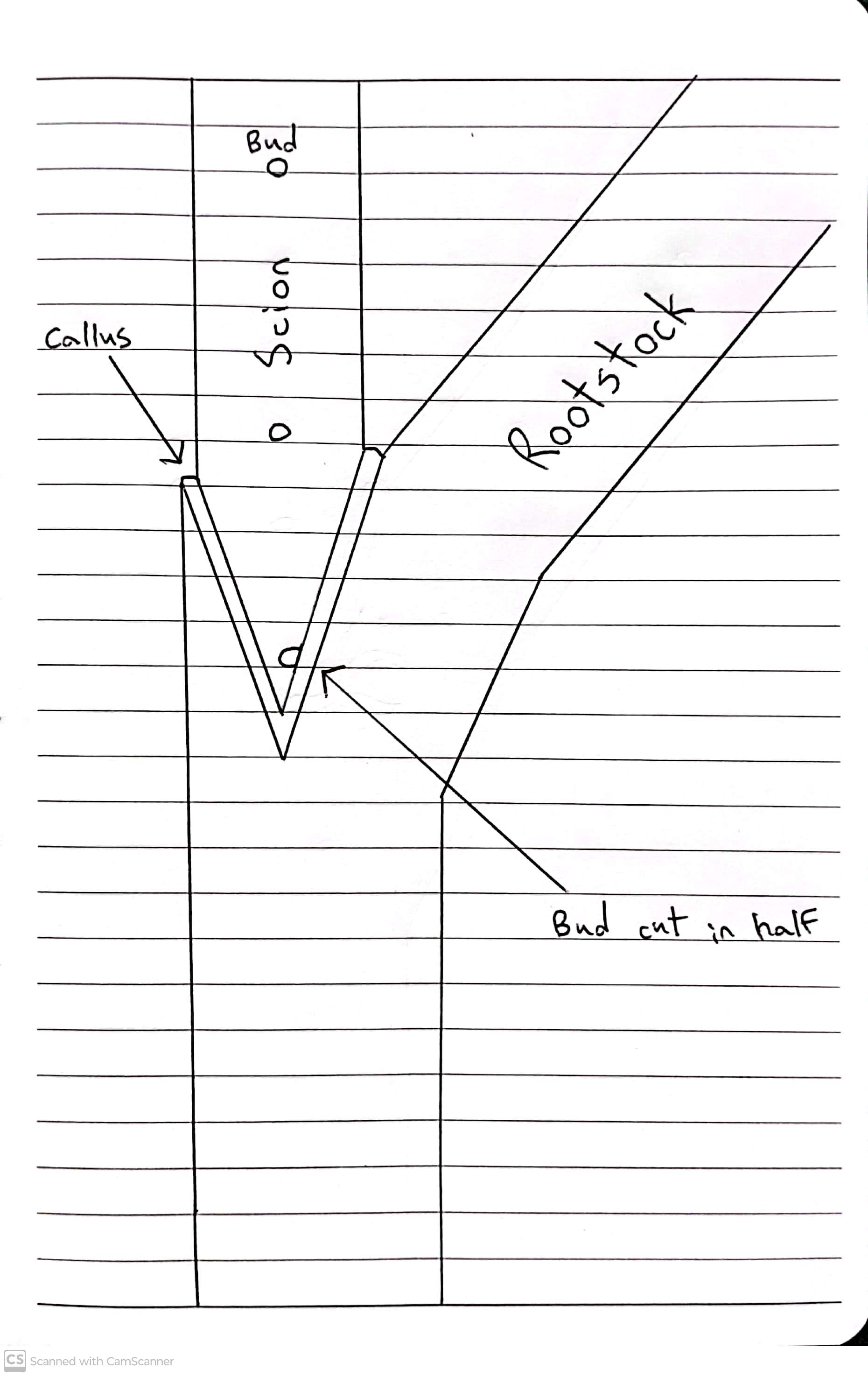
If things work as intended, a shoot will emerge that is easily distinguishable due to the vastly different leaf forms of each of the citrus varieties used. So long as L3 is comprised of the trifoliate orange, any arrangement of L1 and L2 may still be an improvement over existing trifoliate orange hybrids. If L1 is Yuzu and L2 is trifoliate orange, juice quality is an improvement. If L1 is trifoliate orange and L2 is Yuzu, albedo and zest quality will be improved. If both L1 and L2 are Yuzu, similarly to the Prague Chimera, then the whole fruit will be Yuzu, but the resulting plant could be hardy to below 0 to 5°F, making Yuzu cultivation possible in much colder regions.
Update – May 2025
Since our original post, we have made some exciting advancements in our understanding of Rangpur lime + Giant Finger lime ‘Lim-era’. After submitting leaf samples and testing them for genome size and ploidy, it was revealed to us that our prospective periclinal chimera had the same genome size and ploidy as the Giant Finger lime (0.79 pg vs. 0.80 pg), which was less than the Rangpur lime (0.84).
However, when looking at the flow cytometry results, dot plot, and histogram, Lim-era had several similarities to the Rangpur lime. Based on these results and the plant phenotype, we suspect that the L3 layer was replaced with Rangpur lime tissue. L3 is underrepresented in the leaves, possible explaining the lack of difference in genome size. It would also explain the more prominent leaf veins and increased vigor and internode spacing. This may be an advantage for propagating this variety since it should have the root system of the Rangpur lime, which is much more vigorous and easier to root from cuttings than the Giant finger lime.
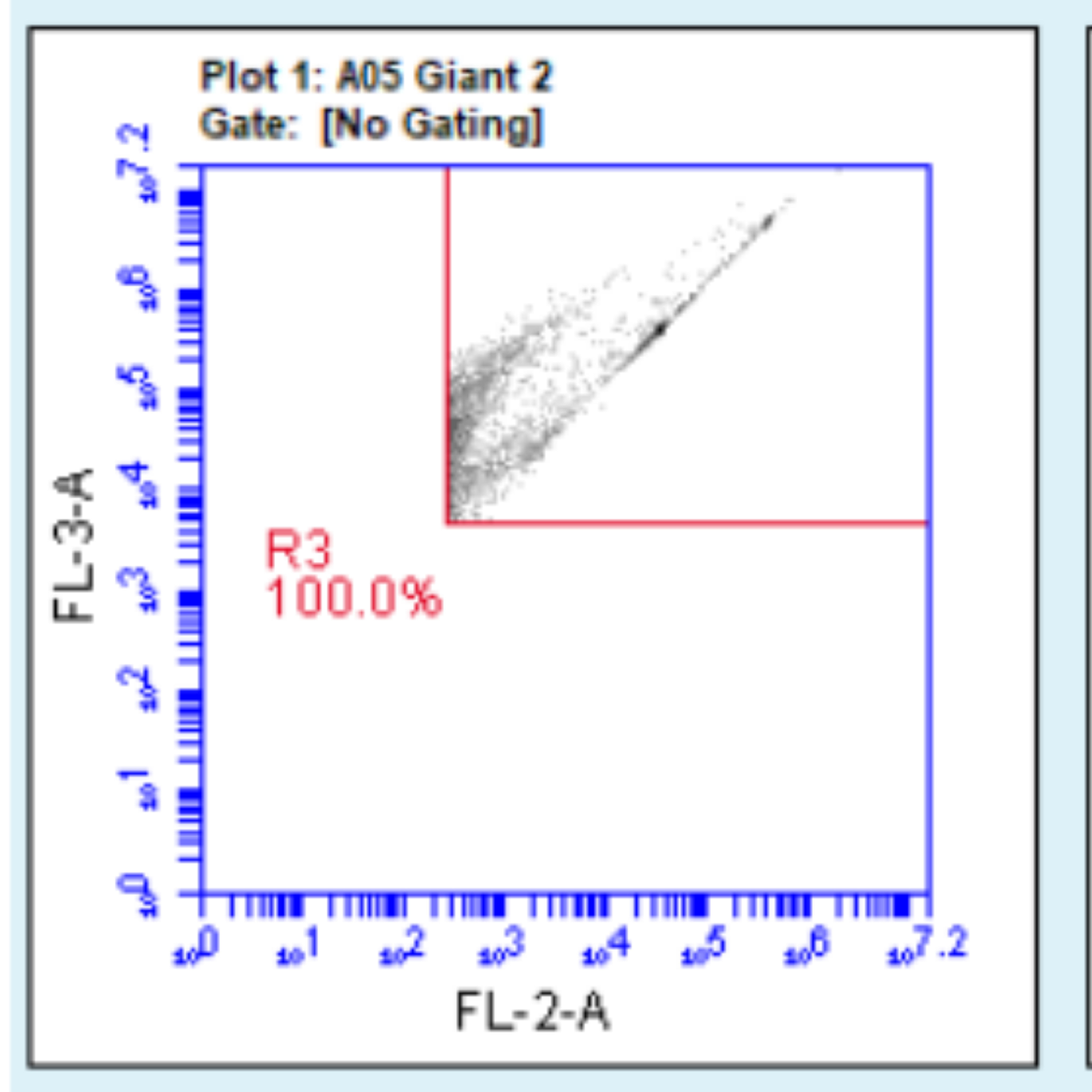
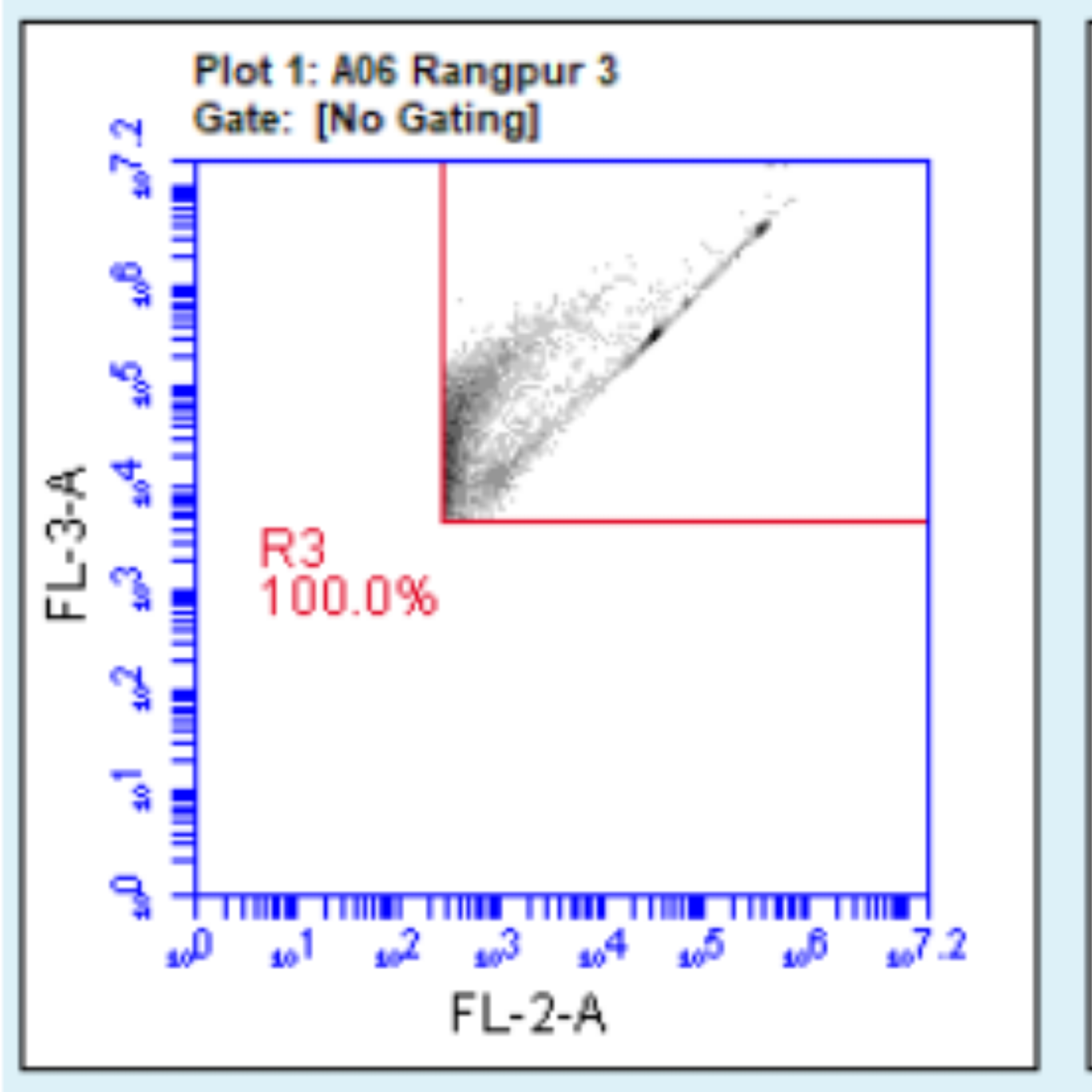
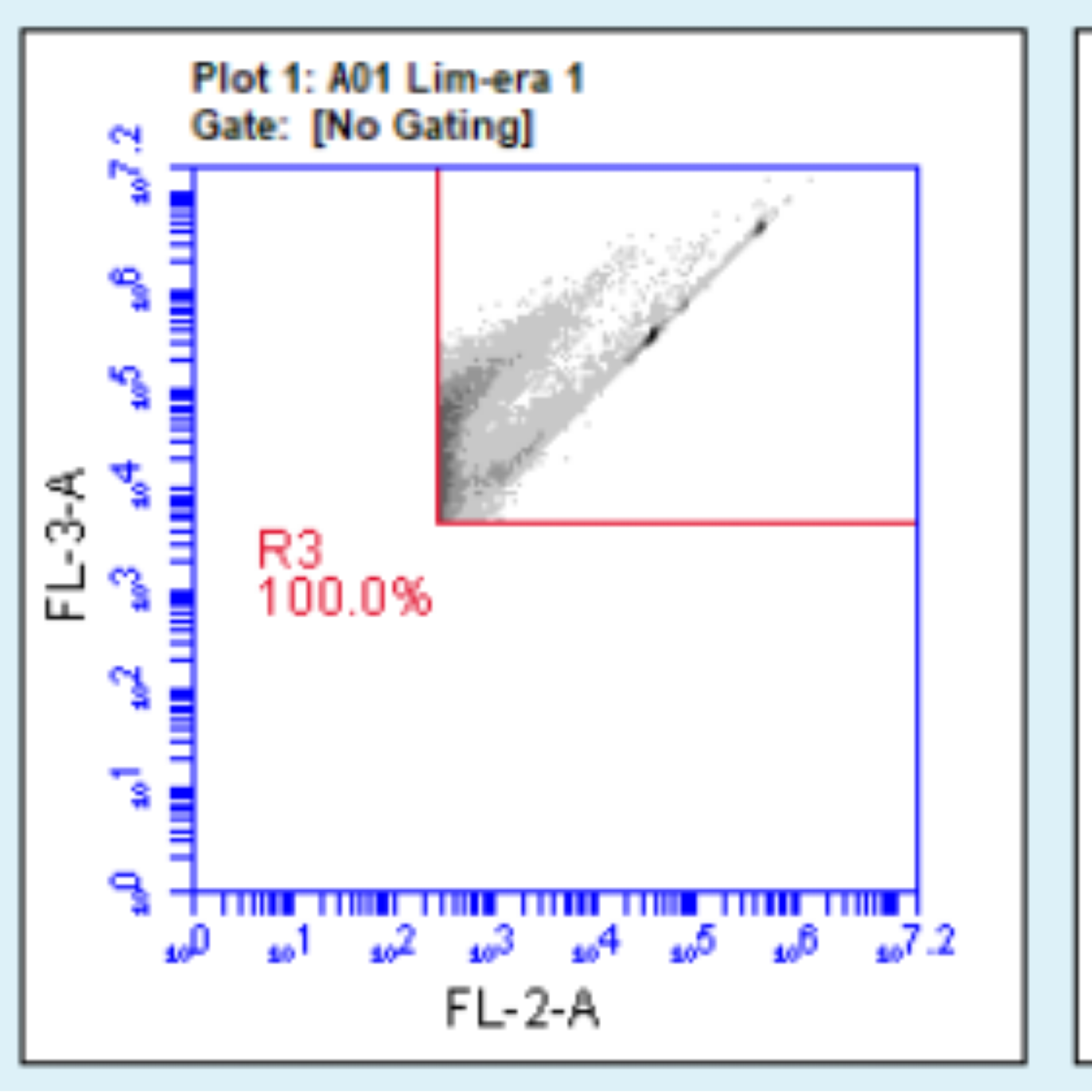
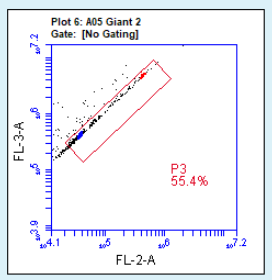
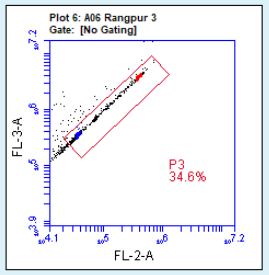
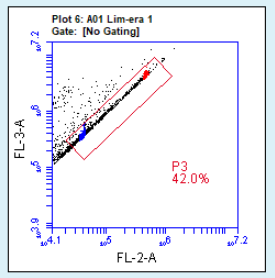
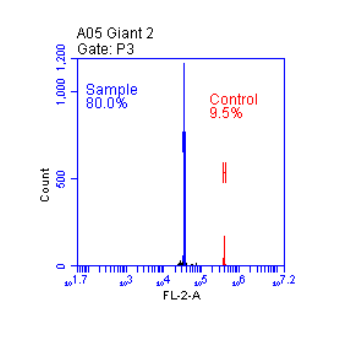

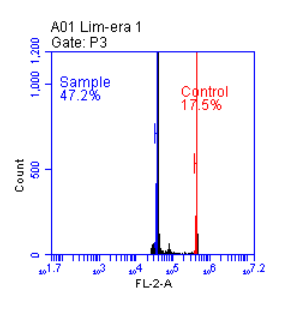
When the graphs for Giant Finger lime are overlaid with Rangpur lime, the result is strikingly similar to the graphs for Lim-era. This tells us that while the genome size might be similar to the Giant Finger lime, there is clearly some Rangpur lime genome present in the Lim-era sample.
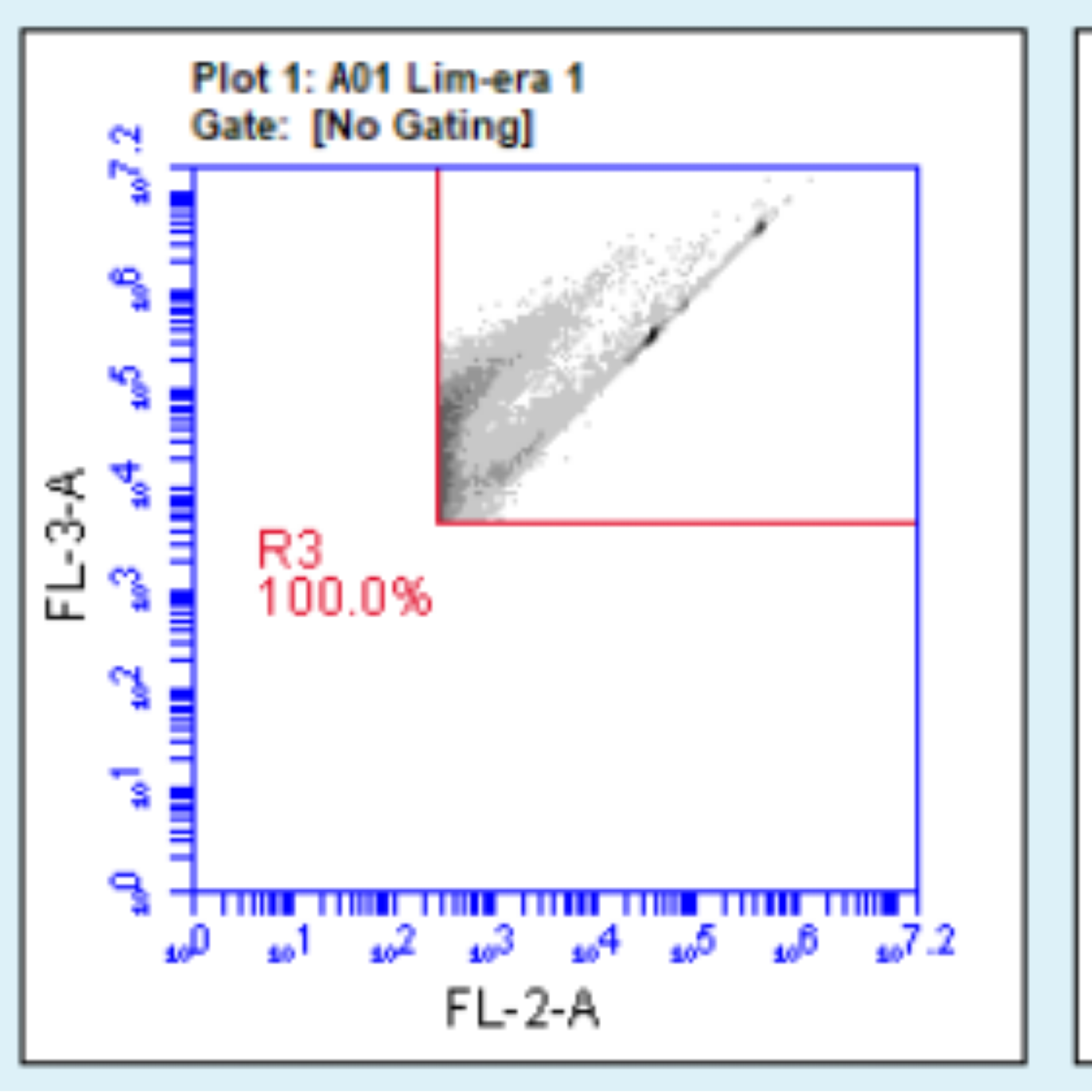
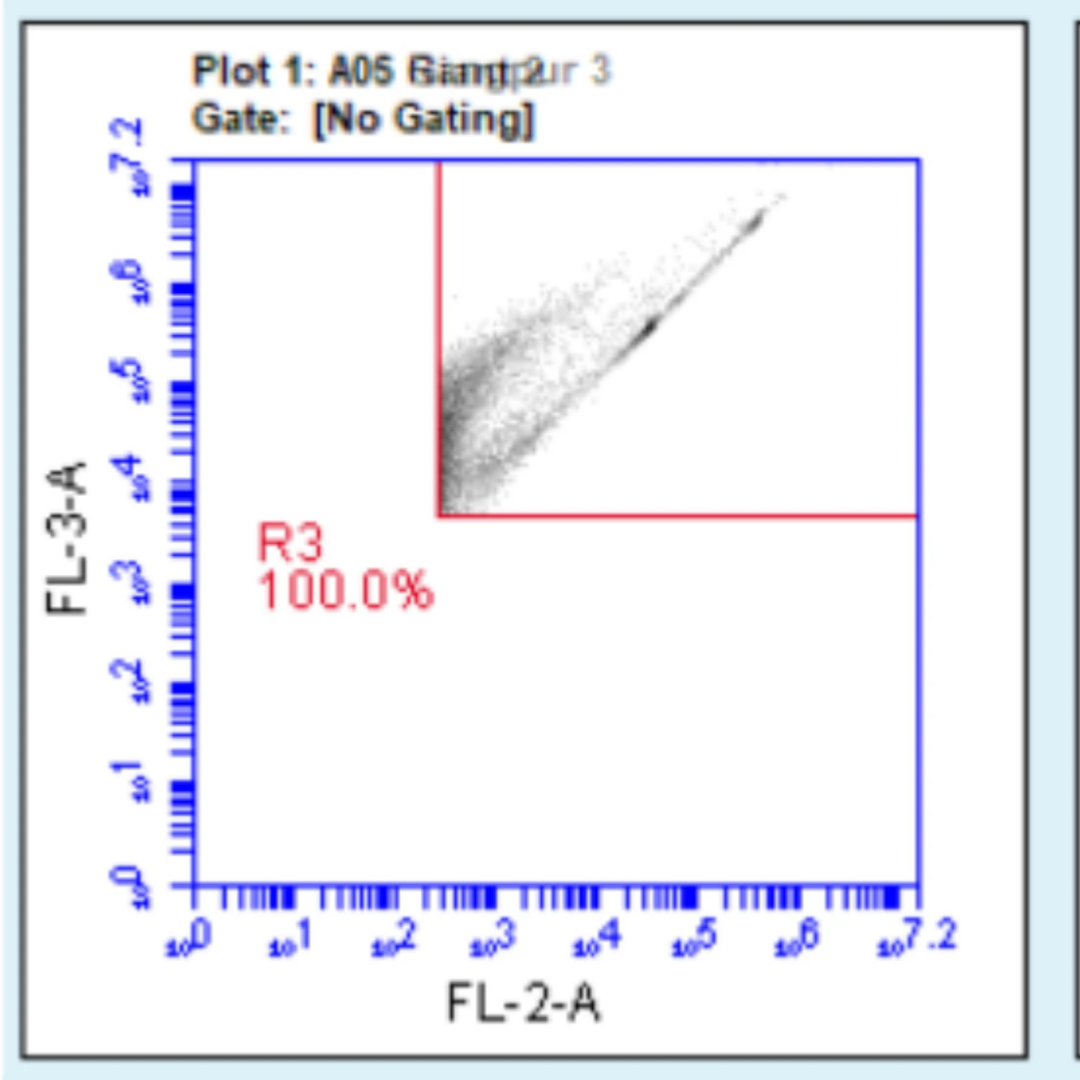

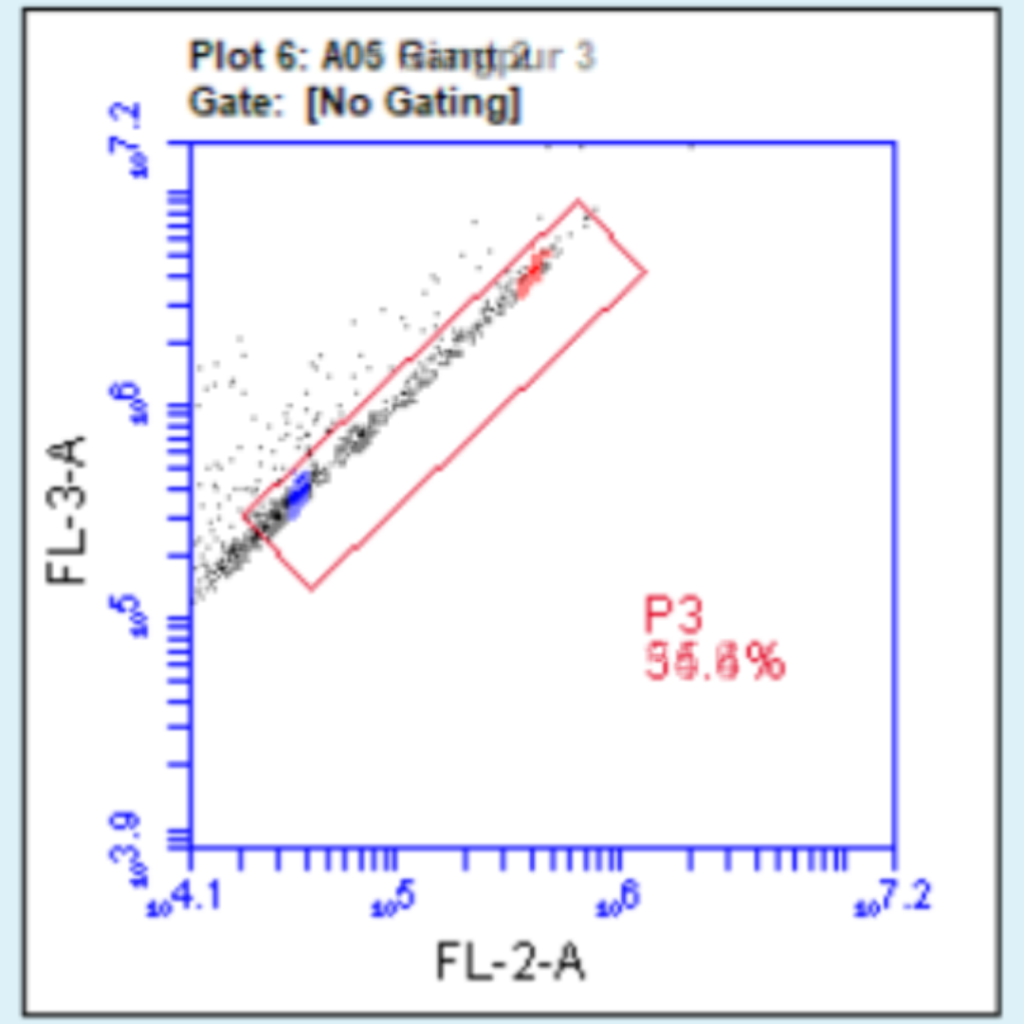
Simple sequence repeat (SSR) analysis will be the next step to better determine the chimeric nature of Lim-era. This will allow us to observe the alleles of Lim-era side-by-side with Giant Finger lime and Rangpur lime, making any similarities (or differences) clearly visible on a histogram.

We also had the opportunity to further evaluate differences in leaf, stem, and vegetative bud morphology under a microscope. It is apparent under these conditions that Lim-era has: larger and differently shaped leaves, more prominent leaf veins and serrated edges, more prominent vegetative buds, larger petioles, and wider internode spacing, as compared to the Giant Finger lime control.

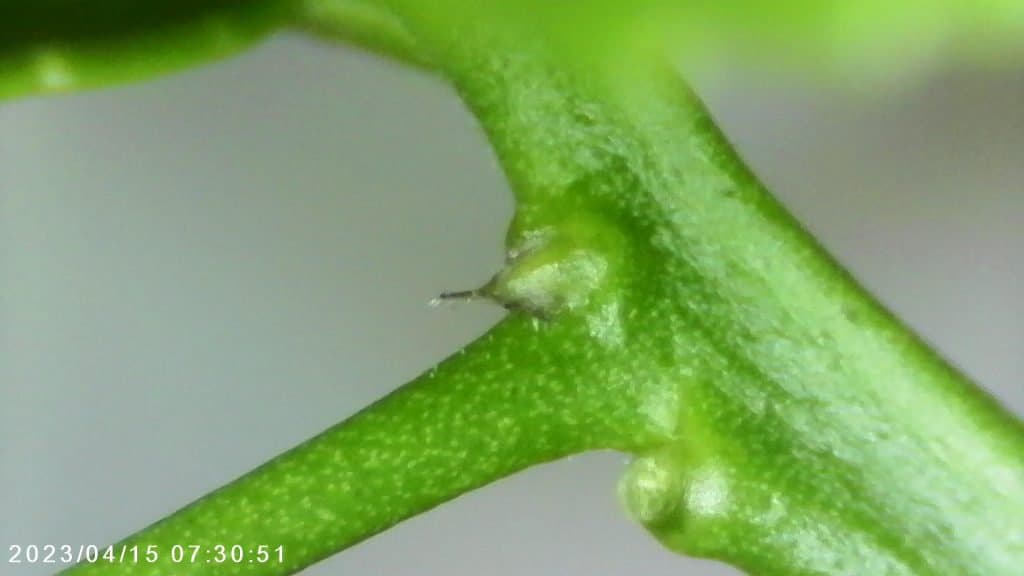

Below are some interesting studies related to citrus chimeras:
